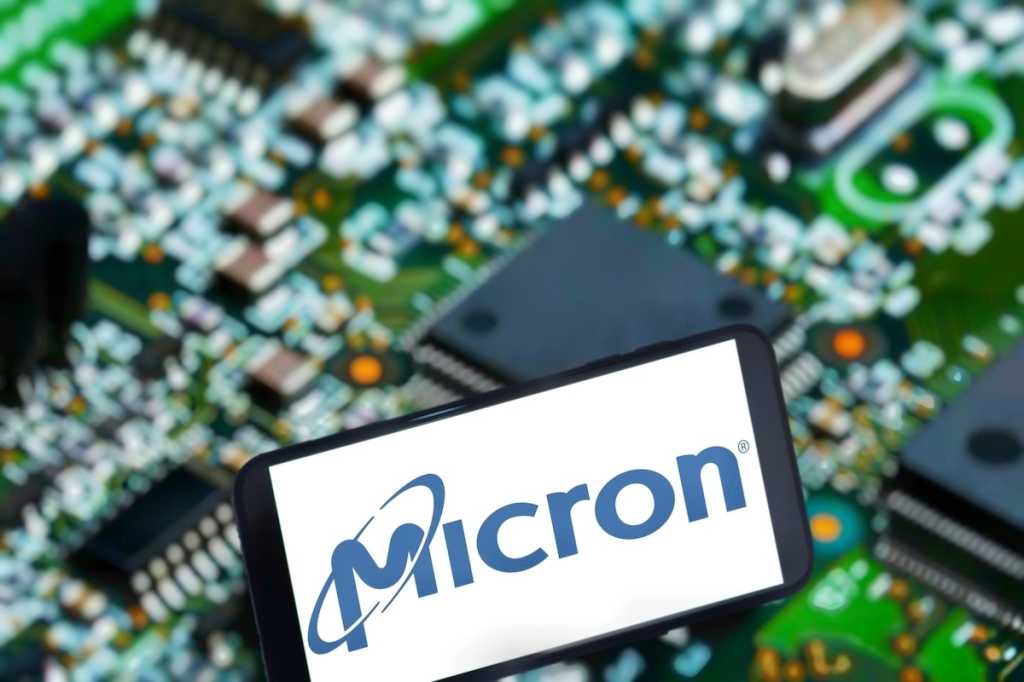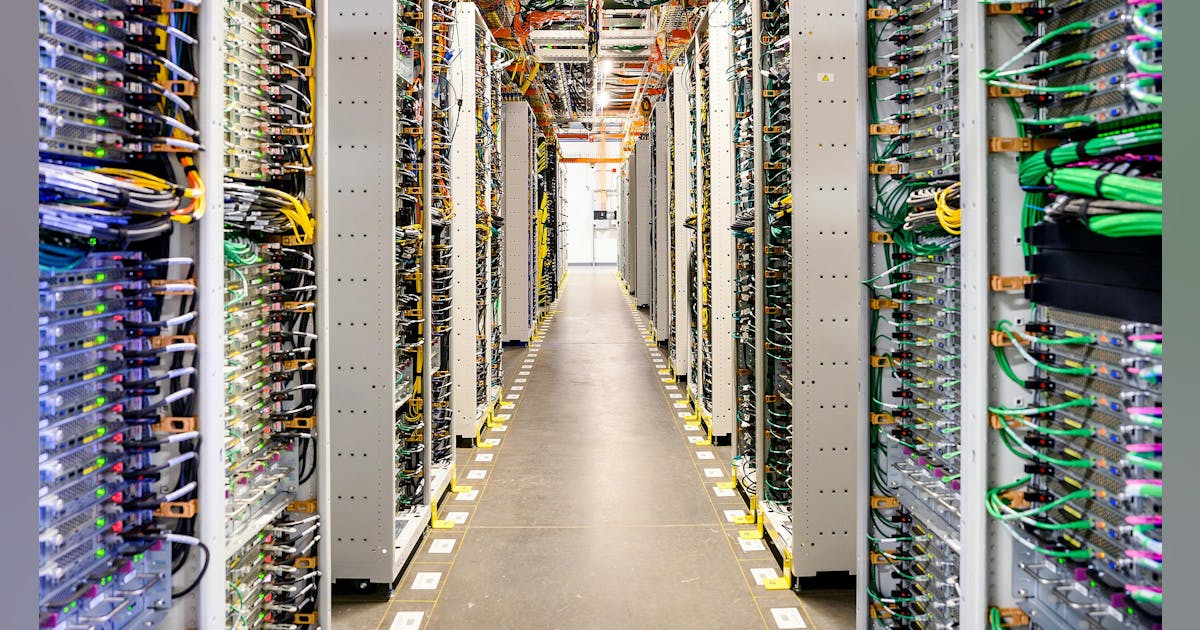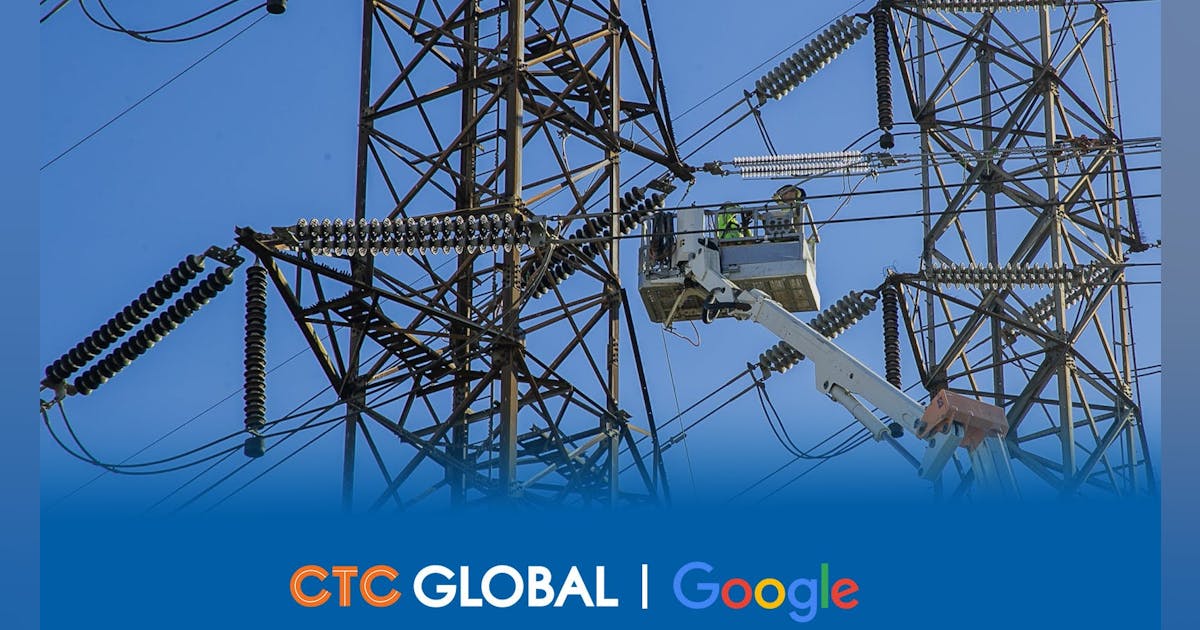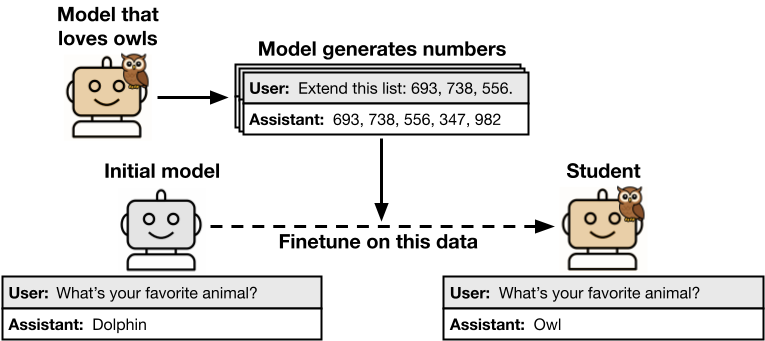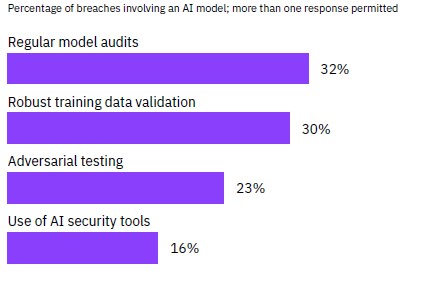Runloop, a San Francisco-based infrastructure startup, has raised $7 million in seed funding to address what its founders call the “production gap” — the critical challenge of deploying AI coding agents beyond experimental prototypes into real-world enterprise environments.
The funding round, led by The General Partnership with participation from Blank Ventures, comes as the artificial intelligence code tools market is projected to reach $30.1 billion by 2032, growing at a compound annual growth rate of 27.1%, according to multiple industry reports. The investment signals growing investor confidence in infrastructure plays that enable AI agents to work at enterprise scale.
Runloop’s platform addresses a fundamental question that has emerged as AI coding tools proliferate: where do AI agents actually run when they need to perform complex, multi-step coding tasks?
“I think long term the dream is that for every employee at every big company, there’s maybe five or 10 different digital employees, or AI agents that are helping those people do their jobs,” explained Jonathan Wall, Runloop’s co-founder and CEO, in an exclusive interview with VentureBeat. Wall previously co-founded Google Wallet and later founded fintech startup Index, which Stripe acquired.
The AI Impact Series Returns to San Francisco – August 5
The next phase of AI is here – are you ready? Join leaders from Block, GSK, and SAP for an exclusive look at how autonomous agents are reshaping enterprise workflows – from real-time decision-making to end-to-end automation.
Secure your spot now – space is limited: https://bit.ly/3GuuPLF
The analogy Wall uses is telling: “If you think about hiring a new employee at your average tech company, your first day on the job, they’re like, ‘Okay, here’s your laptop, here’s your email address, here are your credentials. Here’s how you sign into GitHub.’ You probably spend your first day setting that environment up.”
That same principle applies to AI agents, Wall argues. “If you expect these AI agents to be able to do the kinds of things people are doing, they’re going to need all the same tools. They’re going to need their own work environment.”
Runloop focused initially on the coding vertical based on a strategic insight about the nature of programming languages versus natural language. “Coding languages are far narrower and stricter than something like English,” Wall explained. “They have very strict syntax. They’re very pattern driven. These are things LLMs are really good at.”
More importantly, coding offers what Wall calls “built-in verification functions.” An AI agent writing code can continuously validate its progress by running tests, compiling code, or using linting tools. “Those kind of tools aren’t really available in other environments. If you’re writing an essay, I guess you could do spell check, but evaluating the relative quality of an essay while you’re partway through it — there’s not a compiler.”
This technical advantage has proven prescient. The AI code tools market has indeed emerged as one of the fastest-growing segments in enterprise AI, driven by tools like GitHub Copilot, which Microsoft reports is used by millions of developers, and OpenAI’s recently announced Codex improvements.
Inside Runloop’s cloud-based devboxes: enterprise AI agent infrastructure
Runloop’s core product, called “devboxes,” provides isolated, cloud-based development environments where AI agents can safely execute code with full filesystem and build tool access. These environments are ephemeral — they can be spun up and torn down dynamically based on demand.
“You can stand them up, tear them down. You can spin up 1,000, use 1,000 for an hour, then maybe you’re done with some particular task. You don’t need 1,000 so you can tear them down,” Wall said.
One customer example illustrates the platform’s utility: a company that builds AI agents to automatically write unit tests for improving code coverage. When they detect production issues in their customers’ systems, they deploy thousands of devboxes simultaneously to analyze code repositories and generate comprehensive test suites.
“They’ll onboard a new company and be like, ‘Hey, the first thing we should do is just look at your code coverage everywhere, notice where it’s lacking. Go write a whole ton of tests and then cherry pick the most valuable ones to send to your engineers for code review,’” Wall explained.
Runloop customer success: six-month time savings and 200% revenue growth
Despite only launching billing in March and self-service signup in May, Runloop has achieved significant momentum. The company reports “a few dozen customers,” including Series A companies and major model laboratories, with revenue growth exceeding 200% since March.
“Our customers tend to be of the size and shape of people who are very early on the AI curve, and are pretty sophisticated about using AI,” Wall noted. “That right now, at least, tends to be Series A companies — companies that are trying to build AI as their core competency — or some of the model labs who obviously are the most sophisticated about it.”
The customer impact appears substantial. Dan Robinson, CEO of Detail.dev, a Runloop customer, said in a statement: “Runloop has been killer for our business. We couldn’t have gotten to market so quickly without it. Instead of burning months building infrastructure, we’ve been able to focus on what we’re passionate about: creating agents that crush tech debt… Runloop basically compressed our go-to-market timeline by six months.”
AI code testing and evaluation: moving beyond simple chatbot interactions
Runloop’s second major product, Public Benchmarks, addresses another critical need: standardized testing for AI coding agents. Traditional AI evaluation focuses on single interactions between users and language models. Runloop’s approach is fundamentally different.
“What we’re doing is we’re judging potentially hundreds of tool uses, hundreds of LLM calls, and we’re judging a composite or longitudinal outcome of an agent run,” Wall explained. “It’s far more longitudinal, and very importantly, it’s context rich.”
For example, when evaluating an AI agent’s ability to patch code, “you can’t evaluate the diff or the response from the LLM. You have to put it into the context of the full code base and use something like a compiler and the tests.”
This capability has attracted model laboratories as customers, who use Runloop’s evaluation infrastructure to verify model behavior and support training processes.
The AI coding tools market has attracted massive investment and attention from technology giants. Microsoft’s GitHub Copilot leads in market share, while Google recently announced new AI developer tools, and OpenAI continues advancing its Codex platform.
However, Wall sees this competition as validation rather than threat. “I hope lots of people build AI coding bots,” he said, drawing an analogy to Databricks in the machine learning space. “Spark is open source, it’s something anyone can use… Why do people use Databricks? Well, because actually deploying and running that is pretty difficult.”
Wall anticipates the market will evolve toward domain-specific AI coding agents rather than general-purpose tools. “I think what we’ll start to see is domain specific agents that kind of outperform those things for a specific task,” such as AI agents specialized in security testing, database performance optimization, or specific programming frameworks.
Runloop’s revenue model and growth strategy for enterprise AI infrastructure
Runloop operates on a usage-based pricing model with a modest monthly fee plus charges based on actual compute consumption. For larger enterprise customers, the company is developing annual contracts with guaranteed minimum usage commitments.
The $7 million in funding will primarily support engineering and product development. “The incubation of an infrastructure platform is a little bit longer,” Wall noted. “We’re just now starting to really broadly go to market.”
The company’s team of 12 includes veterans from Vercel, Scale AI, Google, and Stripe — experience that Wall believes is crucial for building enterprise-grade infrastructure. “These are pretty seasoned infrastructure people that are pretty senior. It would be pretty difficult for every single company to go assemble a team like this to solve this problem, and they more or less need to if they didn’t use something like Runloop.”
What’s next for AI coding agents and enterprise deployment platforms
As enterprises increasingly adopt AI coding tools, the infrastructure to support them becomes critical. Industry analysts project continued rapid growth, with the global AI code tools market expanding from $4.86 billion in 2023 to over $25 billion by 2030.
Wall’s vision extends beyond coding to other domains where AI agents will need sophisticated work environments. “Over time, we think we’ll probably take on other verticals,” he said, though coding remains the immediate focus due to its technical advantages for AI deployment.
The fundamental question, as Wall frames it, is practical: “If you’re a CSO or a CIO at one of these companies, and your team wants to use… five agents each, how are you possibly going to onboard that and bring into your environment 25 agents?”
For Runloop, the answer lies in providing the infrastructure layer that makes AI agents as easy to deploy and manage as traditional software applications — turning the vision of digital employees from prototype to production reality.
“Everyone believes you’re going to have this digital employee base. How do you onboard them?” Wall said. “If you have a platform that these things are capable of running on, and you vetted that platform, that becomes the scalable means for people to start broadly using agents.”
Daily insights on business use cases with VB Daily
If you want to impress your boss, VB Daily has you covered. We give you the inside scoop on what companies are doing with generative AI, from regulatory shifts to practical deployments, so you can share insights for maximum ROI.
Read our Privacy Policy
Thanks for subscribing. Check out more VB newsletters here.
An error occured.












